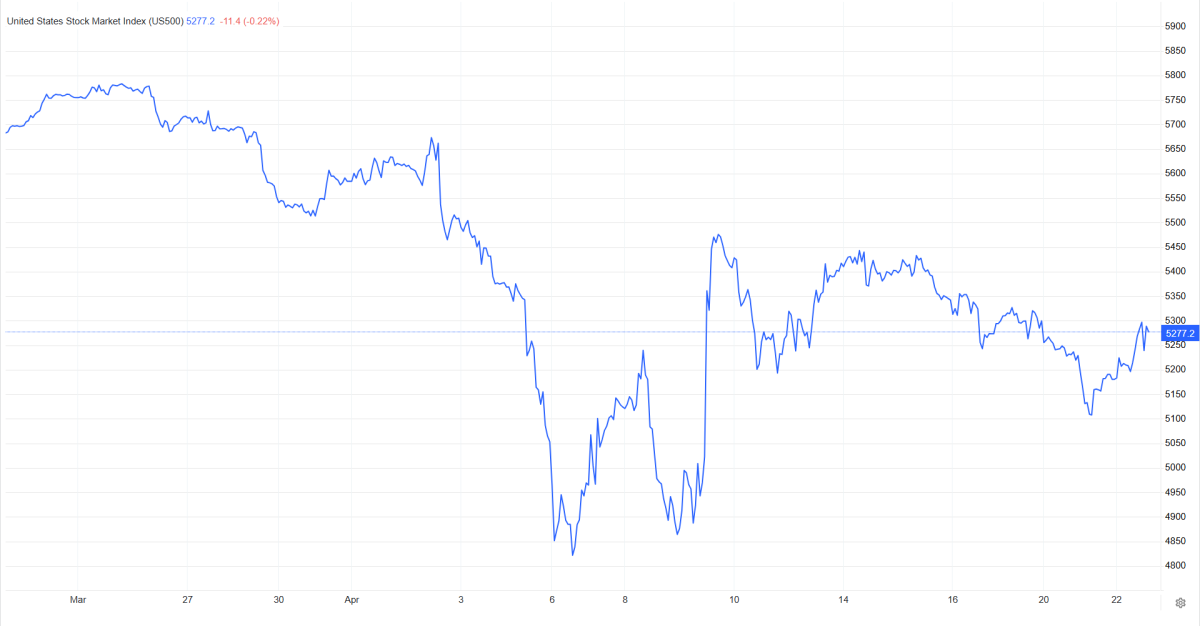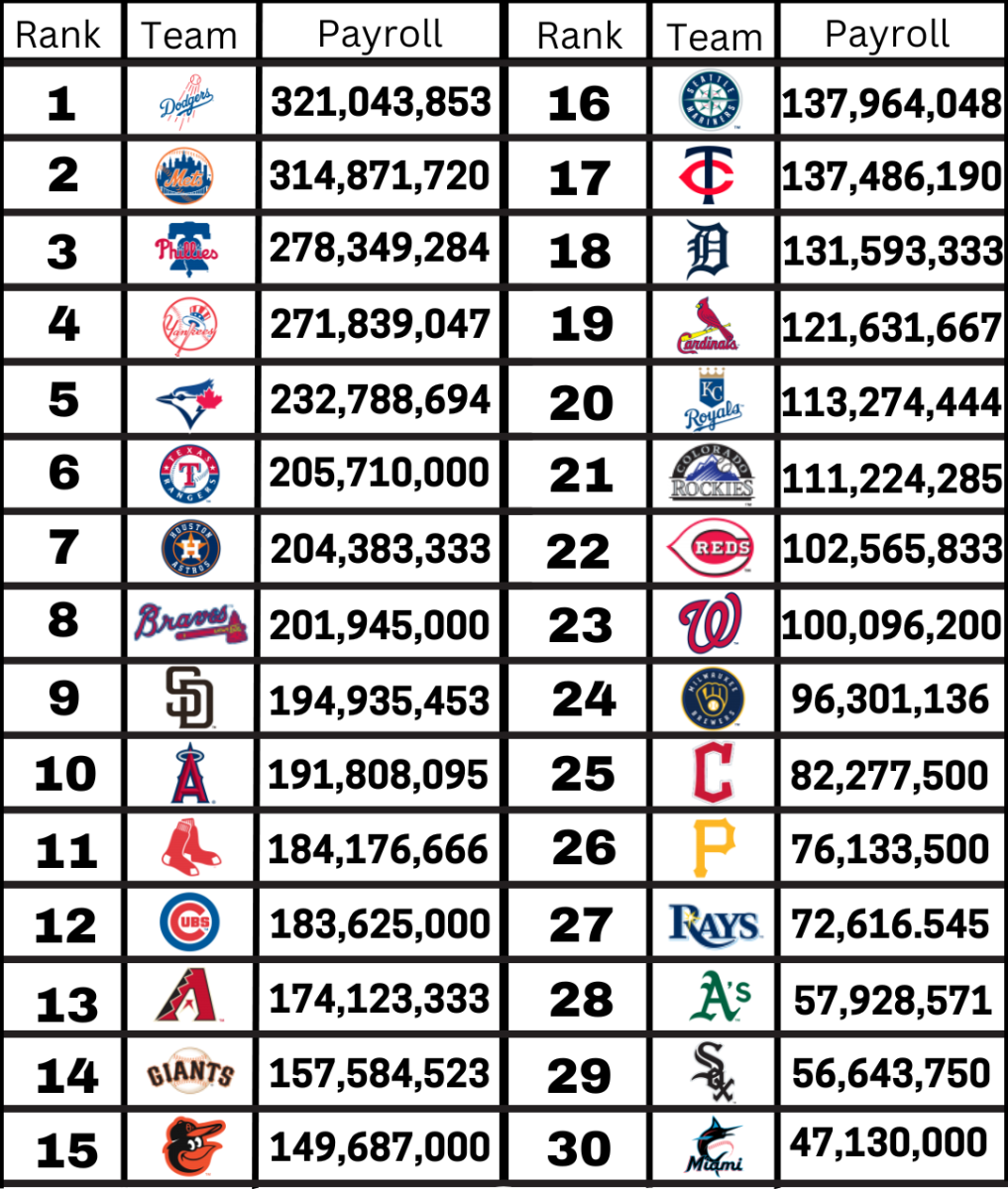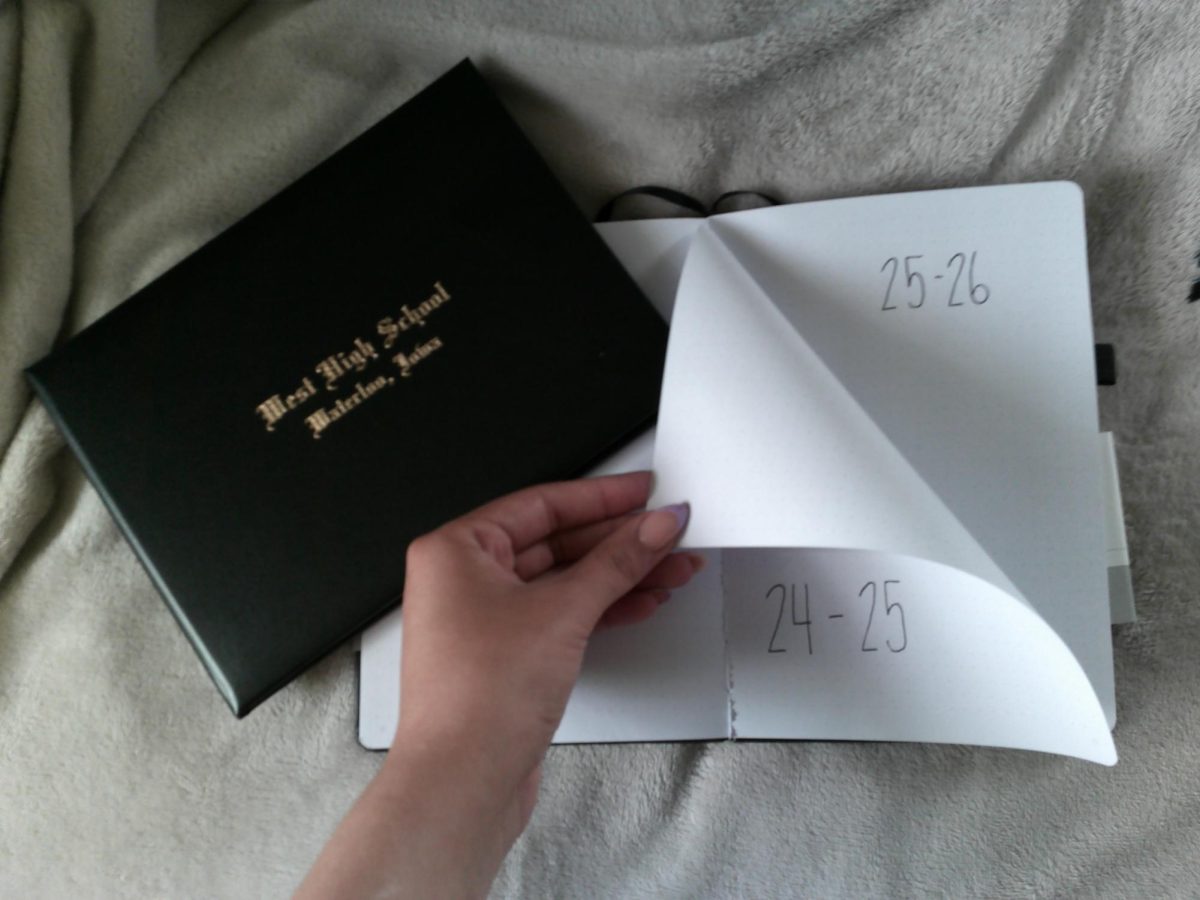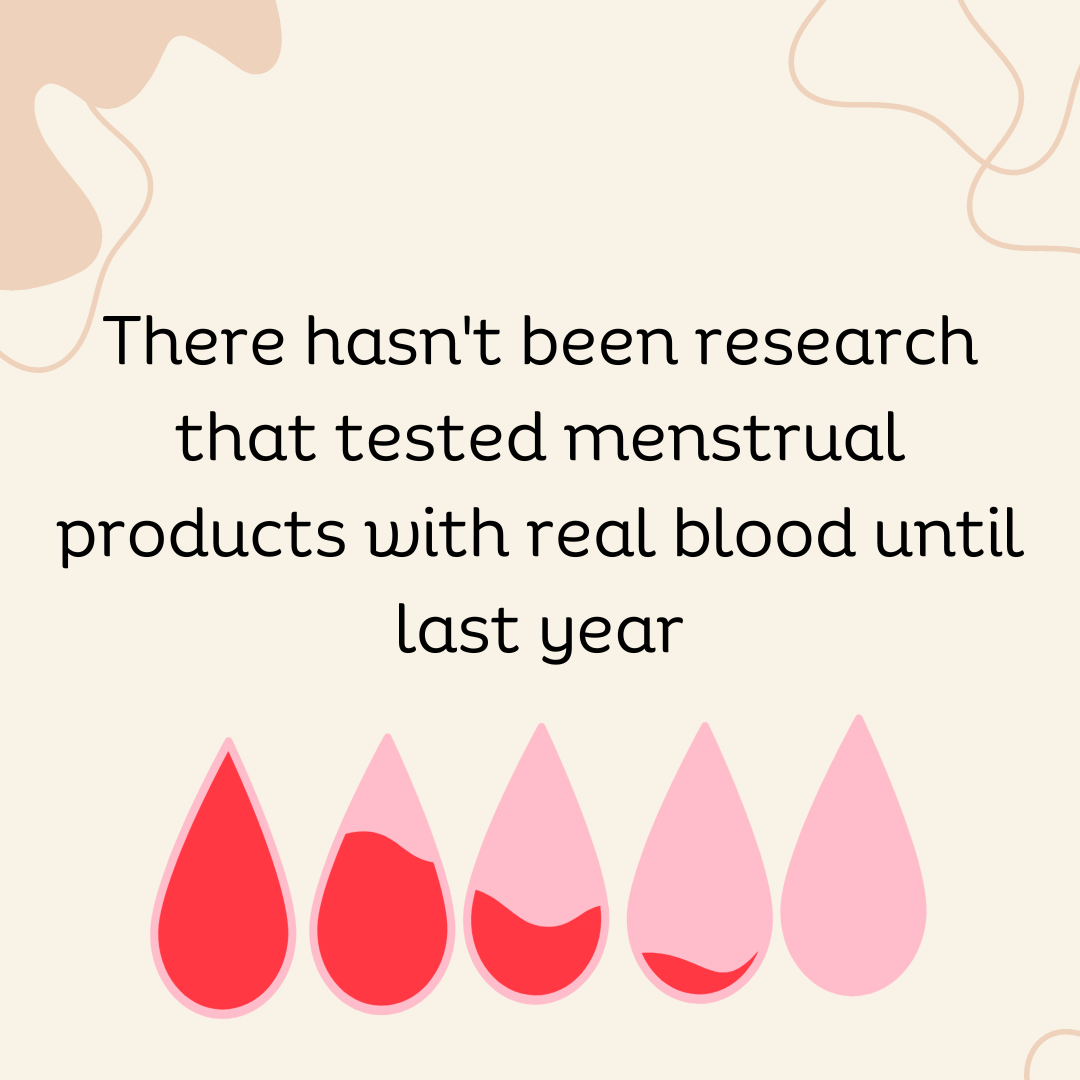Bannow says these types of studies can help break down the stigma around menstruation. Discussing menstrual health can lead to better care, the development of better products and improved gender equity in health care, according to Bannow. “The main thing is just to get people talking about their periods,” she adds.
A 2023 study showed that menstrual products such as tampons and pads are not as effective as they claim to be. Last August, Oregon Health and Science University researchers created a study that tested the absorbency of different period products with real blood for the first time ever. Usually, researchers test the absorbency of these products with water or saline.
An article from SCIAM talks about how saline solution is a homogeneous mixture, which is only somewhat thicker than water. However, blood is not homogenous. It contains cells, platelets, proteins and other molecules that move around and differ in concentration depending on several factors including how hydrated a person is. Period blood also includes vaginal secretions and endometrial tissue that has been shed from the uterus wall. The consistency varies from person to person, as well as day to day.
Menstrual products makers have been basing their products on research that is over four decades old. The last research conducted occurred in 1980 when many tampon companies had to reconstruct their products because of the increased risk of Toxic Shock Syndrome. This is when bacteria from outside the circulatory system enters the bloodstream and releases toxins that can cause severe organ damage or even death. This data set the standard for today’s tampon absorbency
Not having these accurate measures of menstrual products can affect people seeking medical care. Doctors often use menstrual products to diagnose conditions like heavy menstrual bleeding. Females with ‘heavier’ flows have fallen victim to faulty products that do not absorb the correct amount of blood. This is why we need an accurate measure of how much blood is actually absorbed by pads, tampons and other menstrual products. Bethany Samuelson Bannow, an author of the study, said “We’re underdiagnosing heavy menstrual bleeding because we haven’t realized just how much most of these products can hold.”
In the study, these researchers used expired human-packed red blood cells to test the absorbency of menstrual products. Researchers found that menstrual disks are the most absorbent products which can hold up to 80 mL of blood. Tampons, pads and cups have an average absorption of a range from 20-50 mL. The lowest product is menstrual underwear which holds about 20 mL of blood. These findings are lower than what manufacturers claim that their products absorb.
Doctors diagnose heavy bleeding in two common ways. One is a visual chart which is called a pictorial blood loss assessment chart (PBAC). The other is how often an individual needs to change their period products. Doctors consider heavy flows to be when a person uses two more tampons that hold 20 mL within a two-hour span. But this also has not been measured on a metric scale based on the absorbance of menstrual disks which hold almost four times more than a tampon and are frequently used by people with intense periods.
Bannow also talked about how important it is to catch and understand these types of excessive bleeding because they can be signs of much more serious conditions such as bleeding disorders, certain types of cancers, fibroids and anemia.
Even though menstrual products should be tested with blood, it is a very precious commodity. According to the National Institute of Health, about 5 million people in the U.S. need a blood transfusion every year. Even though approximately 6.8 million people donate blood annually, not everyone has the same blood so not all of these donations are compatible to those who need it. Blood donations also have a very short shelf time. For red blood cells, it is about six weeks and for platelets it is only five days. There are also frequent blood shortages in hospitals which makes it difficult to justify using blood for any other reason besides for more medical help.
Since blood is also considered a hazard, researchers who use it have to go through training and take special precautions to work with it safely. This is why researchers use saline because it requires no training or precautions to use. In addition to needing training, both real and artificial blood are very expensive. Ten mL of real human blood for scientific use costs around $100 and 20 mL of high-quality synthetic blood costs up to $150. Compared to a liter of full saline solution which only costs $45.
Although there are many barriers, this does not mean period product companies should not update their standards or that doctors should not be updating their PBAC charts.




































